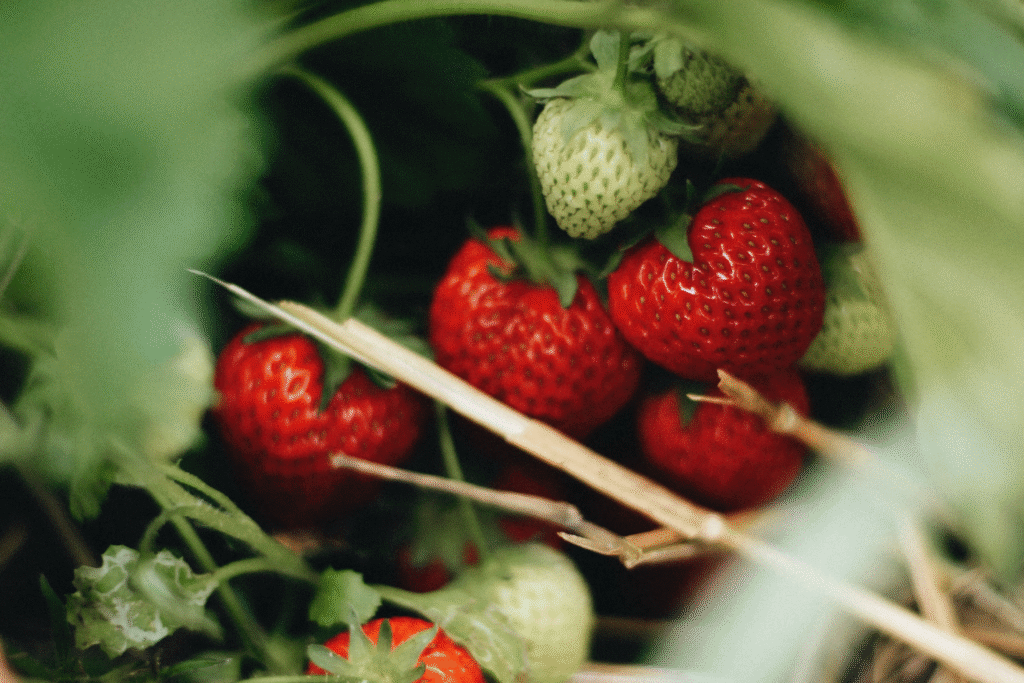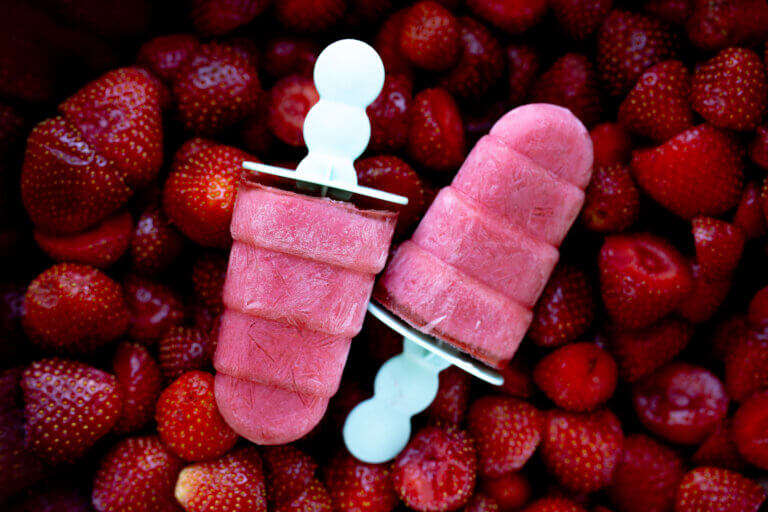How Long Do Strawberry Preserves Last?
Strawberry preserves last longer than you think. Learn how to store them properly and tell when they’ve gone bad.

Homemade strawberry preserves don’t last forever, but in the right storage conditions, they can stick around for quite a while. I usually keep mine for up to a year when they’re properly canned, sealed tight, and tucked away in a cool, dark spot. And when I open a jar, I stick it in the fridge and make sure to use it up within a couple weeks so it still tastes fresh and doesn’t go funky.

Why You’ll Love This Recipe
- Useful in different kinds of homemade baked goods: Spoon some into sourdough strawberry muffins or swirl it into a warm batch of thumbprint cookies. Good homemade jam works well with tons of family-friendly from-scratch recipes. As long as there’s a jar of jam in the fridge, you’re never far from something sweet and freshly baked.
- Better than store-bought and easy to make: It’s tempting to grab a cheap meal out, but it’s not always the healthiest or the most filling. Making your own jams puts you in control of the outcome. You know exactly what’s going in; if you don’t want to add pectin, even low-sugar pectin, just don’t. Plus, you can use them in all kinds of homemade dishes that taste way better than anything you’ll get from a drive-thru.
- A homesteading skill worth passing down: Making your own jam feels like something you’re just supposed to know. My mom and grandma always put up berries in the summer, and learning how to do it myself was the best way I knew to keep that tradition going. It’s simple, hands-on, and grounding. And when you crack open that jar months later, it takes you right back to summer and the loved ones who showed you how.
What You’ll Need
Tools

Instructions
- Chop strawberries into smaller pieces.
- Place in a large pot.
- Mix GelFix Super packet with 2 tbs sugar and add to the pot of strawberries.
- While stirring, bring strawberries to a boil for 1 minute.
- Add the remaining sugar, continue stirring, and bring back to a boil for about 5 minutes.
- Skim off any foam and immediately fill your jam jars while the jam’s still piping hot.
- Wipe the rims, close the jars with lids, and turn upside down.

FAQ

Strawberry Preserves Storage Tips
1. Room temperature storage
Store sealed jars in a cool, dark place: A pantry or cupboard away from heat and direct sunlight is best. Your jam should keep for about a year when stored right.
2. Refrigerate after opening
Once you crack open a jar, stick it in the fridge and keep the lid on tight so it stays nice and fresh.
Use clean utensils: Always use a clean, dry spoon when scooping out preserves. Avoid double-dipping or using anything that’s touched other food, since that can introduce bacteria and lead to spoilage.
3. You can freeze uncanned jam
If you’ve made a batch but haven’t canned it, you can freeze it. Let the jam cool, pour it into freezer-safe containers (leave some space at the top), and freeze. It’ll keep for up to a year, sometimes longer depending on your storage conditions. Avoid jars with shoulders, since they can crack in the freezer. The University of North Dakota recommends freezing fruit-based products for 8 to 12 months at 0°F. Once thawed, frozen jam or opened preserves should be used within 2 to 4 days.
If you’re freezing jam, use wide-mouth freezer-safe jars and avoid jars with shoulders because they can crack under pressure.
4. Use opened preserves within a month
For the best taste and safety, try to finish up that opened jar within 3 to 4 weeks.
5. Always give the jar a once-over before using
Even if it’s been sealed, take a quick look and sniff. If anything seems off, don’t chance it, just toss it.
When in doubt, throw it out.

How to Tell if Strawberry Preserves Have Gone Bad
Watch for these 5 signs of spoilage, and if you notice any of them, it’s time to toss that jar of homemade strawberry jam.
This article may contain affiliate links, which means I make a small commission at no extra cost to you. As an Amazon Associate, I earn from qualifying purchases at no extra cost to you. You can read the full disclosure policy.








